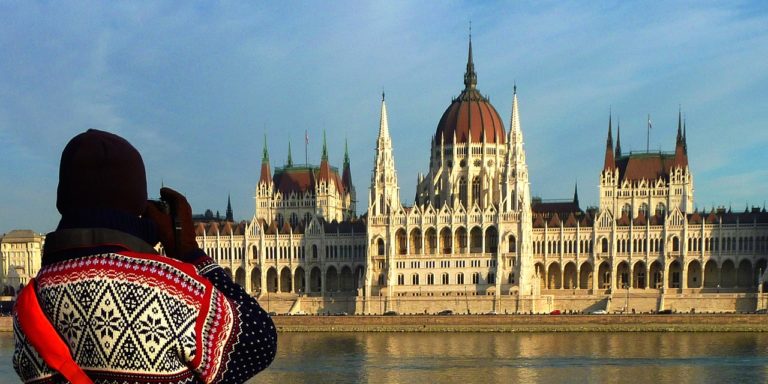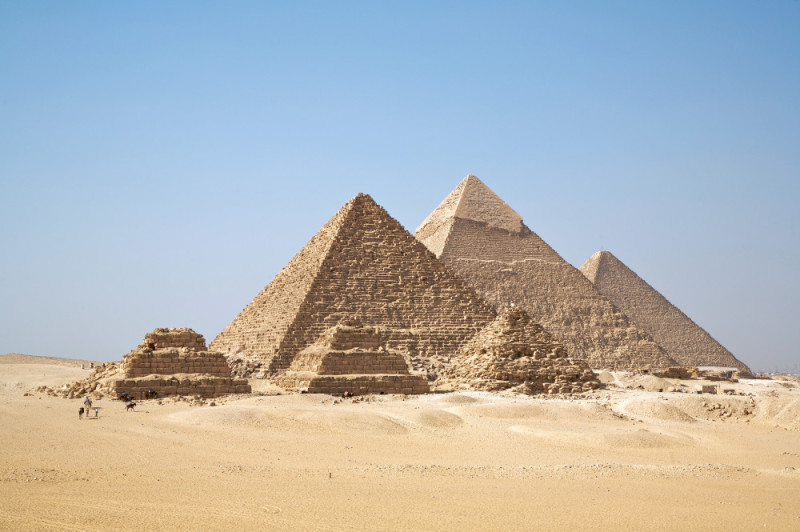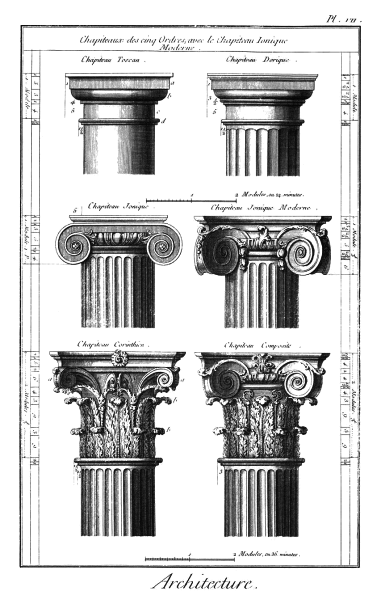On Architecture and Tourism Part 1: The Stories We Tell the Future
August 28, 2015

In the globalized age, tourism is at an all time high. Owing to countless technological advances and the myriad travel options available, we’re able to travel anywhere in the world in mere hours.
This ease of travel has given rise to all types of travel. There is cultural tourism, ecotourism, agritourism, literary tourism, geotourism, dental tourism (yes, it’s a real thing), and the list goes on and on and on … One particular brand of tourism that is at an all time high right now is architectural tourism.
In the last couple of decades, organizations have begun offering architectural walks and tours in cities like Chicago, Lunenburg in Nova Scotia, Toronto, and many more. In fact, the boom has been so big that travel agencies exclusively dedicated to architectural tourism (like Archtours, Entasis, Architectours and Guiding Architects) are springing up everywhere.
A key goal of tourists is to experience a local or regional culture and history; to feel and experience what it is that makes it different from one’s own, what makes it unique. Architecture has always been a gateway into a culture and a window to its past. As structures of resilience, buildings and their architecture carry the values, beliefs and ideals of a society with it into the future.

Architectural tourism is characterized by travelling to sites in search of architectural feats that are distinctive, representative or novel. Examples of these types of architecture can be found the world over and provide clues about the earliest human civilizations and our current world is headed.
The pyramids of the Ancient Egyptians have been a drawing the eyes of the world for millennia and stand as both an architectural marvel and one of the earliest examples of complex human civilization. Largely understood to be tombs for the dynastic rulers, they represent the power the pharaonic religion and state during its time. The size variations of the pyramids of Giza served to indicate superiority of one ruler over their predecessors. Furthermore, as the sun sets in the west, the Ancient Egyptians associated the west bank of the Nile with the realm of the dead. Naturally, this is where all of the pyramids are built, hinting that they believed architecture could interact with the spiritual world.
Ancient Roman ruins are some of the greatest tourist attractions in the world and much of what is known about their culture is  evident in the architecture. They took much from the Ancient Greeks, which can be seen in their use of Doric, Ionic and Corinthian orders. However, the Romans favoured the far more ornate Corinthian order. The importance of the visual impact of architecture in Rome is further marked by their tendency towards grandeur (think of the Roman Colosseum).
evident in the architecture. They took much from the Ancient Greeks, which can be seen in their use of Doric, Ionic and Corinthian orders. However, the Romans favoured the far more ornate Corinthian order. The importance of the visual impact of architecture in Rome is further marked by their tendency towards grandeur (think of the Roman Colosseum).
The Ancient Greeks relied on a post and lintel system, wherein two vertical columns would support a horizontal piece. This required that the majority of the interior of a large building be devoted to support. The Roman’s commitment to grandeur required that they develop new architectural techniques that would allow for colossal scale projects. For example, the impressive nature of the Pantheon is owed to their development of vaulted ceilings, and the Colosseum would not have been possible without the invention of Roman arches.
In more contemporary examples, the Hiroshima Peace Memorial Museum was built in 1955 to memorialize the atomic bombing that occurred during the second world war. The architect, Kenzo Tange, sought to establish a modern Japanese architectural style following the rise in Japanese nationalism post-World War II. He used modern materials to evoke a sense of traditional Japanese timber constructions in the columns and beams. Tange’s museum interacts more broadly with the surrounding Hiroshima Peace Memorial Park in Hiroshima, and the marriage between site and structure create a powerful and unforgettable message that has reverberated since its construction.
Vikas Shah of Thought Economics wrote that “we can see each building reflecting the story of the time, and how that iteration of culture wished to project itself to the future.” If one were to look back from some future time at current buildings, a story would unfold very quickly—a story about our culture, values, beliefs and people.
Next time, we’ll continue our look at architectural tourism with “On Architecture and Tourism Part Two: If You Build It, They Will Come.”
